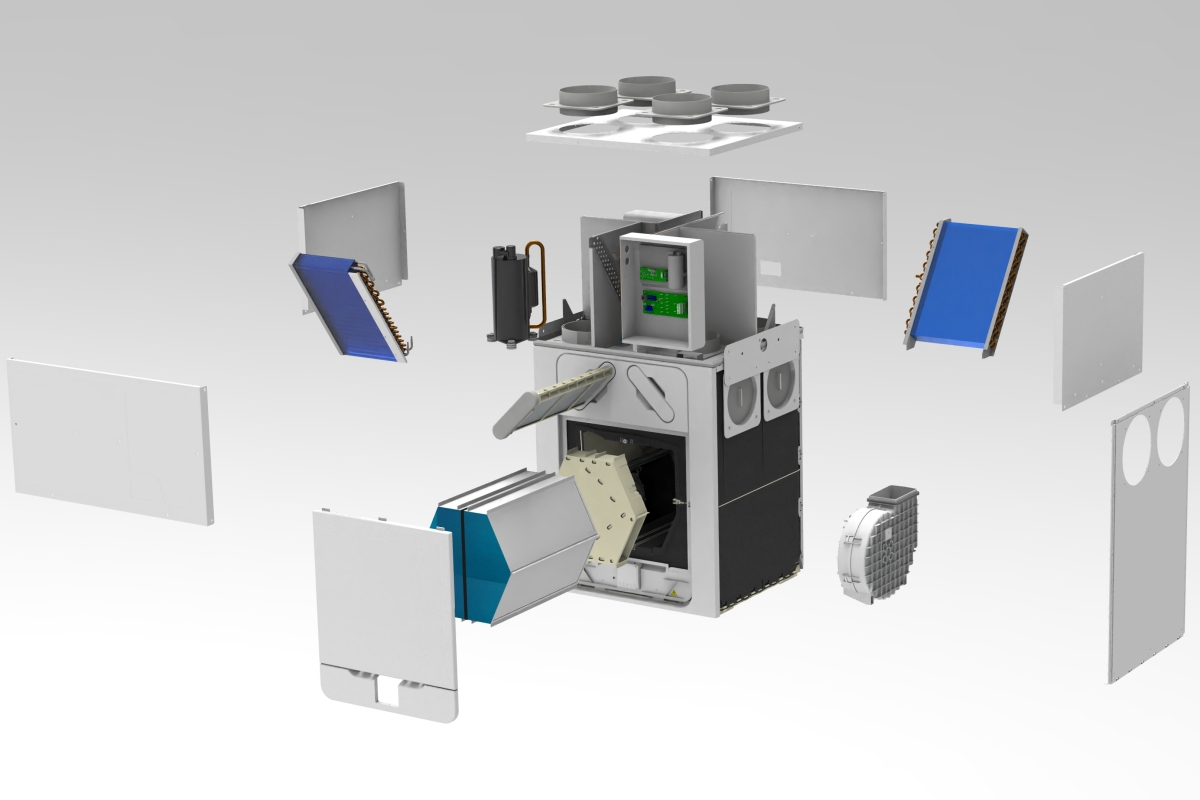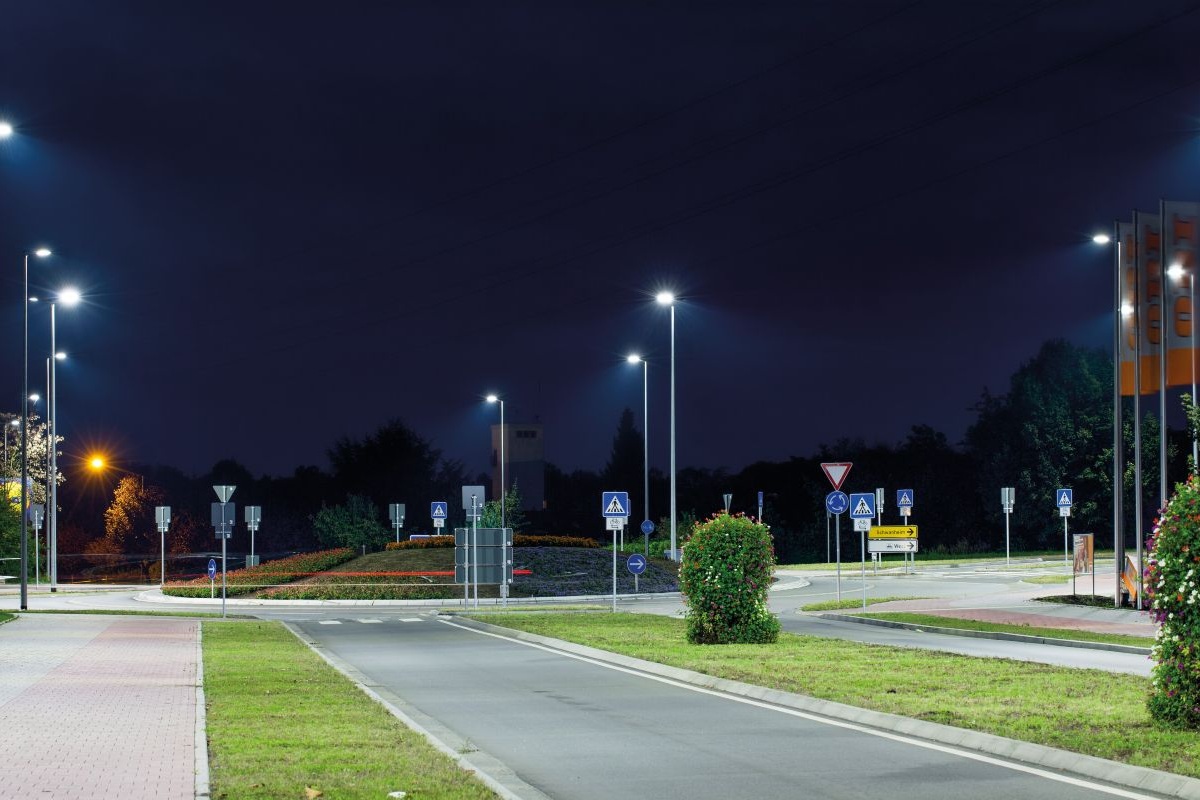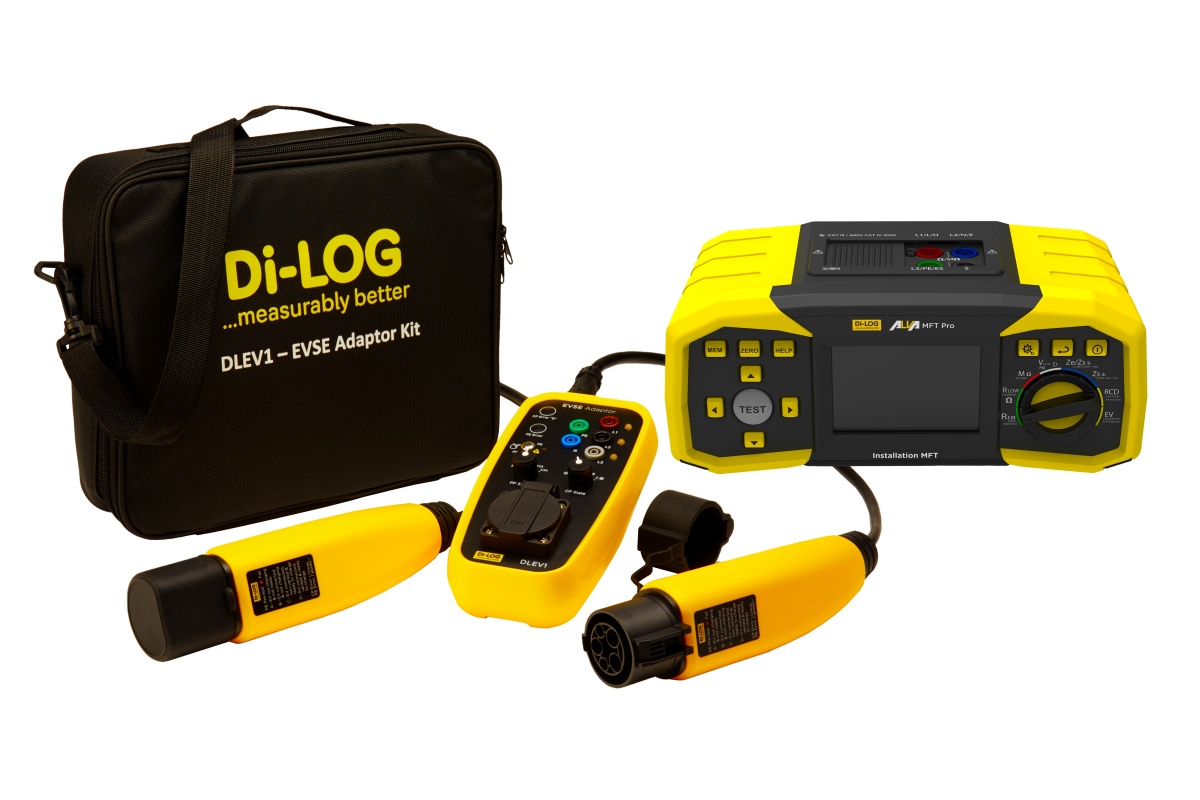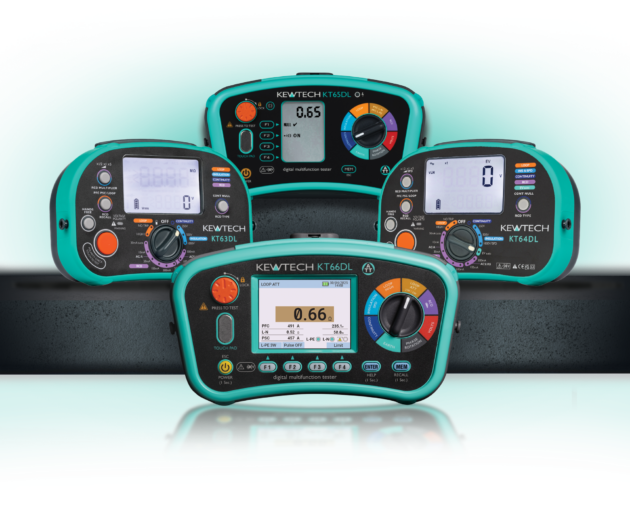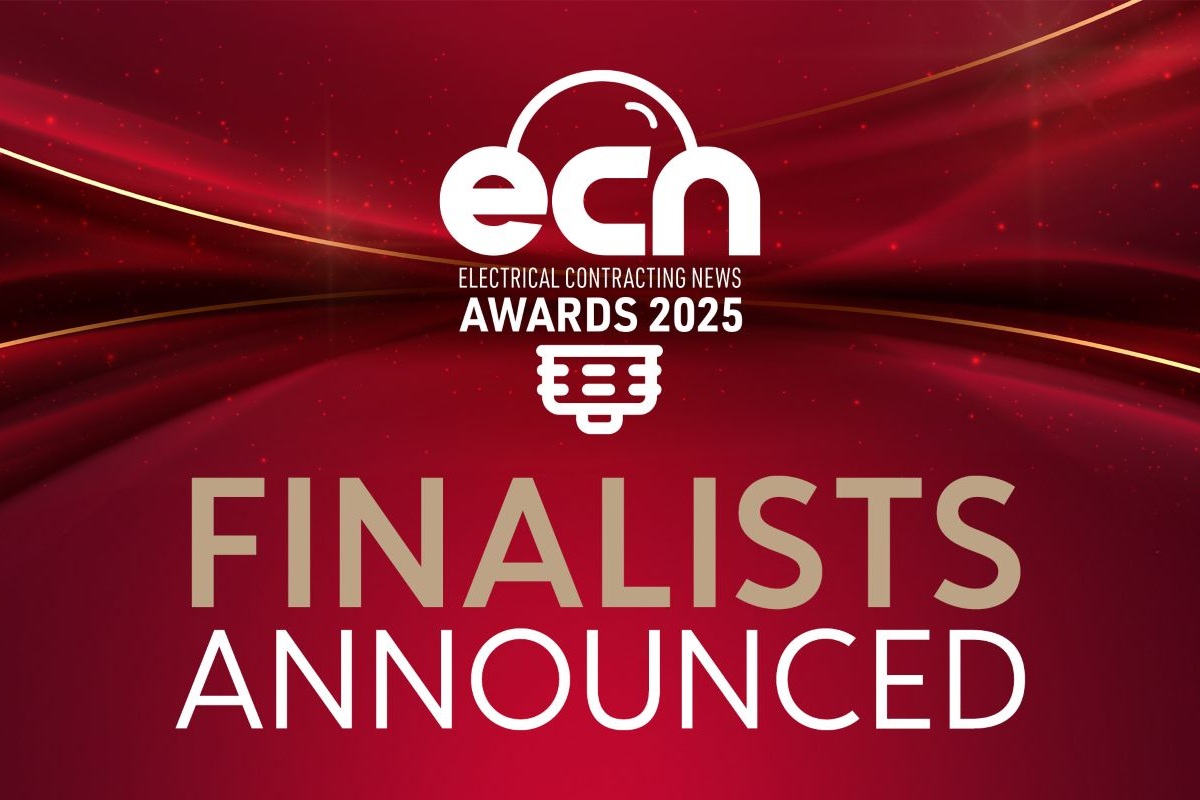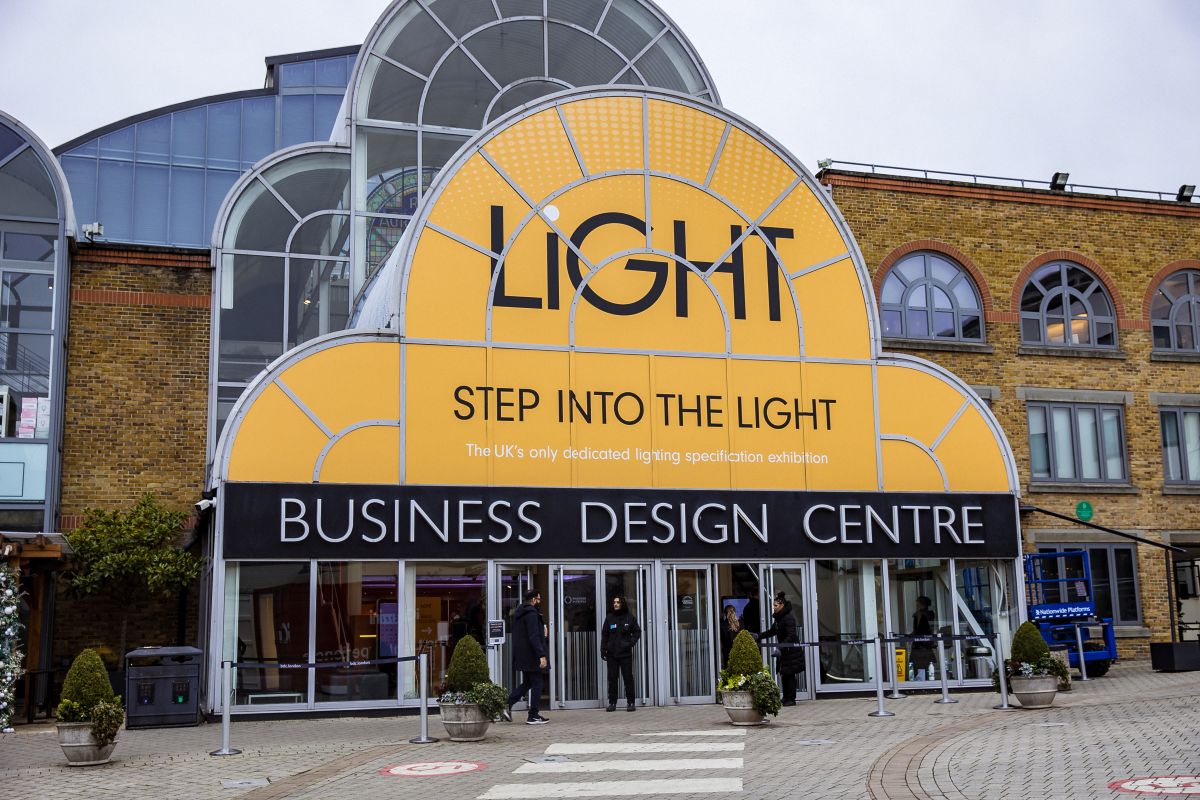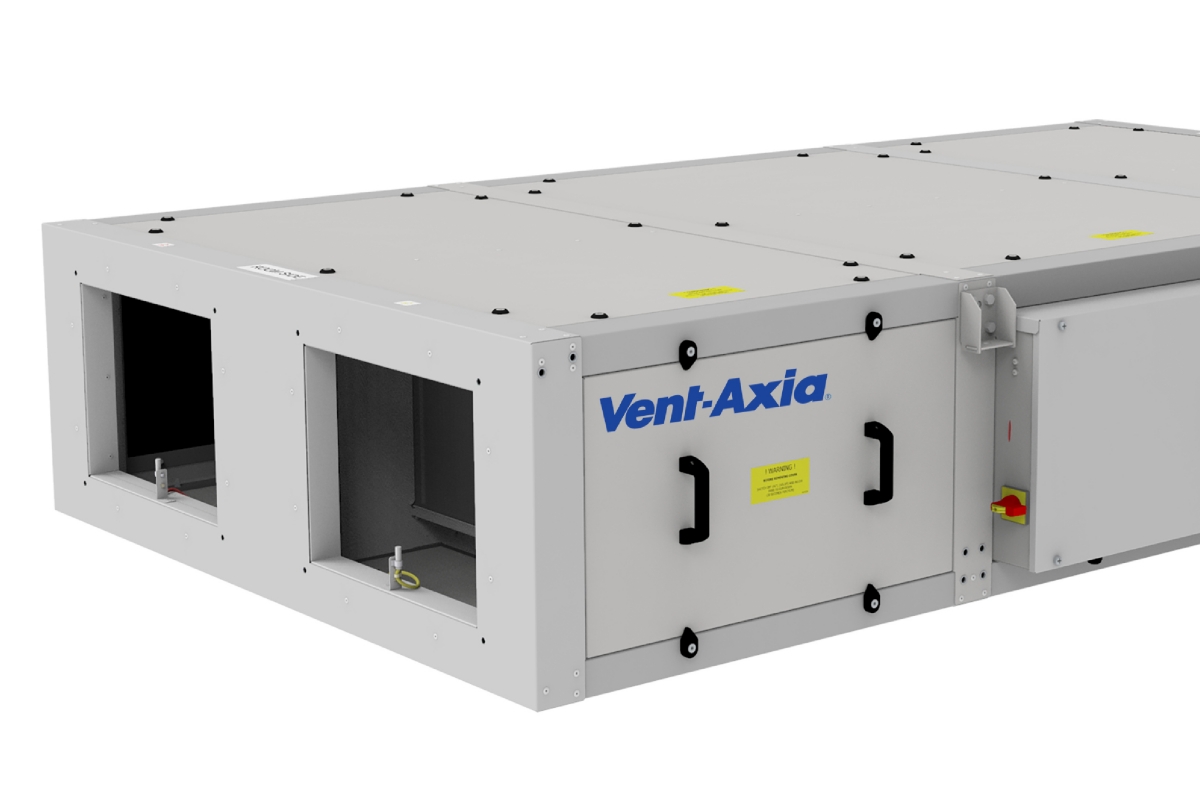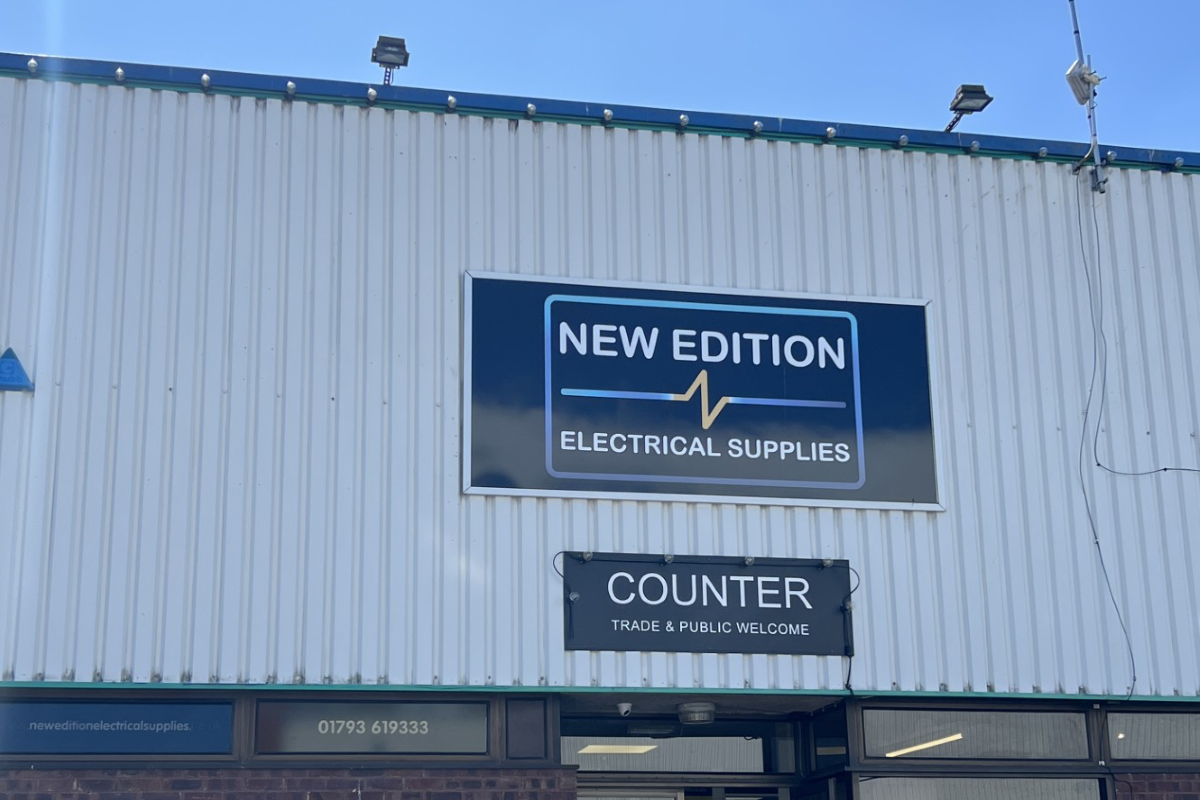Industry News
News
Sponsored
Tools and Test Equipment
Who’s Who – Di-LOG: Your ultimate partner in test & measurement
For over 40 years, Di-LOG has been providing “measurably better” solutions to electrical professionals. In this Who’s Who feature, ECN looks at the company’s journey to date, along with the recent launch of the company’s highly innovative ALVA series.
The Di-LOG Group says it is proud to announce a new chapter in its leadership journey with the appointment of David Sweetman as Managing Director of Commercial and Paul Broad as Managing Director of Operations. With over 60 years of combined experience in the Test & Measurement sector, their leadership reinforces Di-LOG’s commitment to innovation, customer service, and operational excellence. This strategic evolution aligns the group’s divisions under a unified vision of delivering “measurably better” solutions to electrical professionals across the UK and beyond.
For more than four decades, Di-LOG has been a trusted name in electrical test equipment. Since its independent management buyout in 1998, the company has grown into a multi-division organisation, renowned for its innovation, customer service, and dedication to quality.
At the heart of Di-LOG’s success is a deeply embedded ethos of excellence, supported by a senior management team with over 110 years of combined industry experience. This depth of knowledge, paired with a dynamic and proactive sales force, ensures Di-LOG remains at the forefront of technological advancement.
A next-generation multifunction tester
Innovation has always been a cornerstone of Di-LOG’s identity. In 2000, the company was among the first to introduce auto-switching voltage and continuity testers, which evolved into the award-winning CombiVolt range. This was followed by one of the earliest handheld multifunction testers featuring low-current ‘Non-Trip’ loop testing technology.
Most recently, Di-LOG launched the ALVA Series Multifunction Tester (MFT) in August 2025 - a next-generation solution designed for modern electrical professionals. The ALVA Series combines advanced diagnostics with intuitive usability, offering full 18th Edition compliance, high-resolution colour displays, and smart loop testing capabilities.
To support the growing demand for electric vehicle (EV) infrastructure testing, the ALVA Series is fully compatible with Di-LOG’s EVSE adaptors and test kits, including the DLEV1 EVSE Charge Station Adaptor Kit. These tools simulate PP and CP states, enabling safe and accurate testing of EV charge points. This integration ensures electricians and installers can confidently verify EV installations with precision and compliance.
Di-LOG Ltd, the group’s flagship division, is a leading UK-based manufacturer and supplier of precision electrical test equipment. Its instruments are engineered for accuracy, safety, and durability across industrial, commercial, and domestic applications. All products are manufactured to the highest standards, complying with both UK and international regulations.
The ALVA Series MFT exemplifies Di-LOG’s commitment to cutting-edge design, while the DLPK6700 Series CombiVolt Proving Unit kits reinforce the company’s dedication to safe isolation and electrical safety, offering full GS38 and BS 61243-3:2014 compliance.
Re-CAL Calibration
In 2005, Di-LOG expanded its capabilities with the launch of Re-CAL Calibration Services, led by Paul Broad. Paul and the team have built Re-CAL into one of the UK’s largest calibration specialists.
Operating from Manchester, Re-CAL offers nationwide service with free collection and delivery, and is an approved service centre for leading brands such as Fluke, Megger, and Seaward. The division also features a mobile laboratory - ‘The Lab on Wheels’ - providing onsite calibration and repair services.
Re-CAL’s client portfolio includes prestigious names such as Buckingham Palace, McLaren UK, and a national tool hire company, reflecting the trust placed in Di-LOG’s service excellence.
In 2016, Di-LOG introduced Instrument Hire UK (IHUK), a division offering flexible access to specialist test equipment through the electrical wholesale market. The hire fleet includes power quality analysers, thermal imagers, 18th Edition installation testers, and PAT testers. IHUK continues to expand its inventory to meet the growing demands of the industry, providing cost-effective solutions for professionals who need high-performance tools on demand.
The newest addition to the group, Di-LOG Energy, was created to help clients achieve energy efficiency and cost savings. Backed by over 30 years of experience in test equipment hire, calibration, and sales, Di-LOG Energy offers the UK’s most comprehensive range of solar test equipment, thermal imaging tools, and energy assessment devices.
In response to the growing demand for renewable energy solutions, Di-LOG Energy has recently launched the SL350 and SL520 1000V DC Solar Test Kits. These kits are designed to meet the rigorous demands of Solar PV installation and maintenance, offering high-voltage testing capabilities, robust safety features, and intuitive operation. Supported by a team of in-house energy experts, the division provides guidance on procurement, training, and data analysis, with deep expertise in technologies from FLIR, Chauvin Arnoux, Seaward Electronic, and Sonel.
Di-LOG’s success is further strengthened by strategic partnerships with world-class brands. As a premium partner of Seaward Electronic, Di-LOG delivers complete electrical safety solutions, including Solar Installation Testers, PAT testers, and high-voltage indicators. Its collaboration with Teledyne FLIR brings advanced thermal imaging and diagnostic technologies to the market, while its partnerships with Chauvin Arnoux and Sonel support compliance with Part 8 of the 18th Edition Wiring Regulations through power energy loggers and analysers.
Whether you’re an electrical contractor, installer, or maintenance engineer, Di-LOG offers a complete solution for your testing needs - from cutting-edge instruments to calibration, hire services, and energy efficiency tools. Trusted by industry leaders and backed by decades of expertise, Di-LOG Group is your ultimate partner in test and measurement.
To learn more about Di-LOG’s products, services, and divisions - and to start your new test and measurement journey - visit the company's website. For direct support, you can contact them via email at sales@dilog.co.uk or call 0161 877 0322. Di-LOG says it looks forward to helping you achieve measurably better results.
Joe Peck - 21 October 2025



